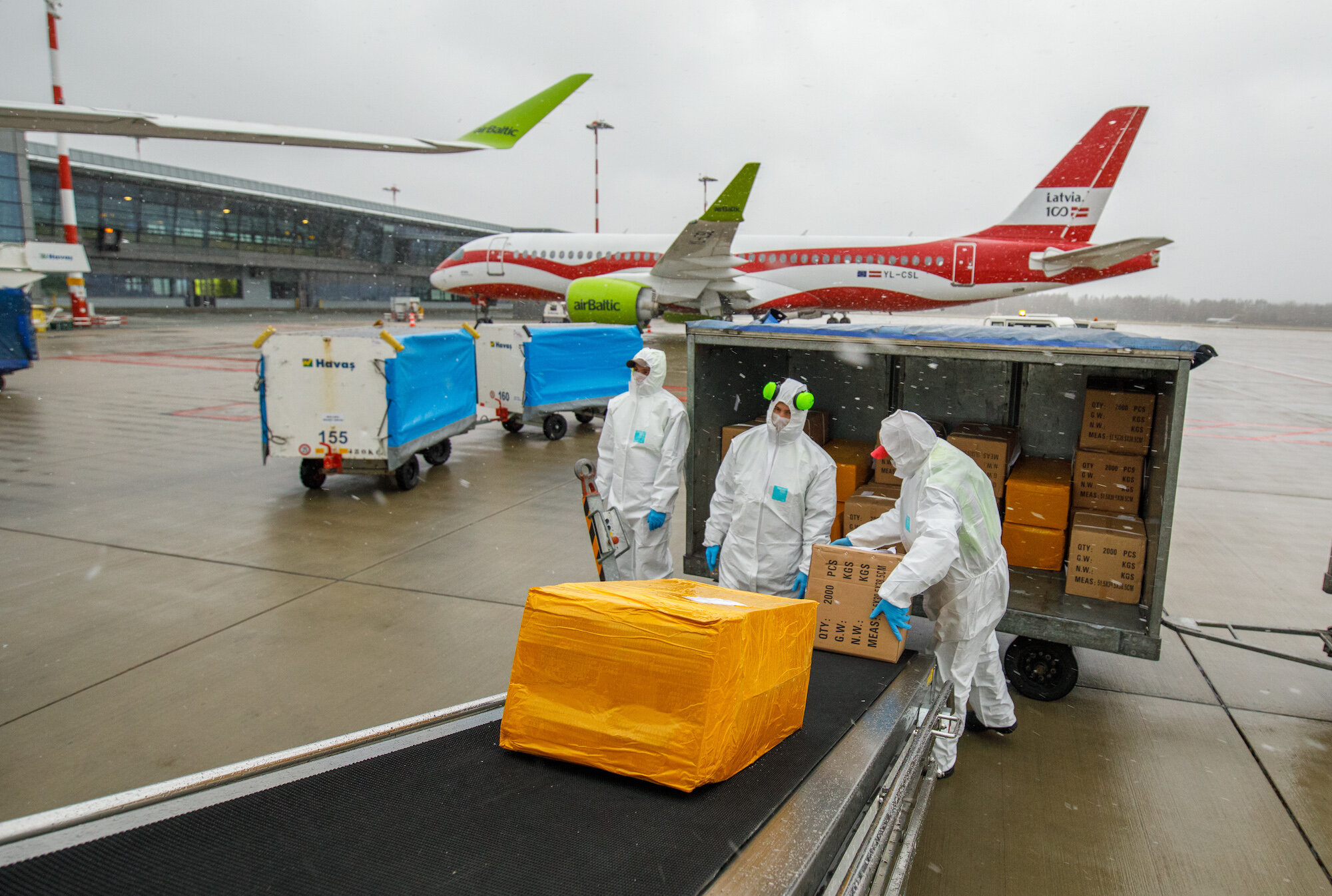COVID-19 prompts all sort of unusual flights (I)
A Hi-Fly A330 (Picture: Airbus)
There are simply no words to describe the amount of disruption that the coronavirus epidemic is causing to the airline (and broader travel) industry.
The cancellation of flights and closure of borders to regular traffic, as well as the need to move medical supplies and equipment as fast as possible, is, however, leading to the establishment of some non-conventional air services that would have sounded unimaginable just one month ago.
Major airlines have switched part of their fleet to cargo-only operations, something that, in the case of American Airlines, hadn’t happened since 1984! And in these cases, the most straightforward way to do so is by simply using the passenger cabin as an improvised cargo hold, such as can be seen in these pictures of a special Lufthansa A330 cargo flight.
Even Airbus has been using one of its A330-800neo test aircraft (a type that received its type certification from aviation authorities barely a month ago) for the same purpose (the cargo was later transferred from Toulouse to Spain in an A400M military cargo aircraft.
ACMI and charter operators have also been called in, not just to move cargo around, but also on repatriation flights for the thousands of travellers that border closures and scheduled flights cancellations have left stranded far away from their home countries.
One such carriers is Portuguese airline Hi-Fly, which, in a recent press note the airline describes how it has created the so-called “Covid Ready To Go” teams, conveniently trained and equipped to act in these times of epidemic.
But, how do airlines makes sure that crews are protected from contagion during the flight?
In the case of Hi-Fly, in addition to informational briefings, crew on these teams been provided with masks, safety suits, aprons gowns, disinfectants, protective eyewear, disposable gloves and biohazard bags and three levels of safety clothing. The need to wear all this protective equipment has also prompted the creation of ad-hoc “crew only” areas onboard the aircraft, so that crew can conduct the proper decontamination procedures and get changed when required.
Some narrow body aircraft are also being deployed on the long haul run to China, to bring back all sort of medical and protective supplies. For example, Wizz Air flew between Budapest and Shanghai on assignment from Hungarian government. The 50-hour mission included a re-fuelling stopover in the first leg (in Nur-Sultan, Kazakhstan), and two on the way back (again in Nur-Sultan and also in Irkutsk, Russia).
airBaltic also flew a special flight between Riga and Urumqui to bring back masks and respirators (by the way, spot the A220 in Latvian flag livery in the backgroundª) . Picture: airBaltic
Emergency needs prompt the launch of ultra-long haul flights never seen before
But this is only one aspect of the unusual air traffic activity we are seeing these days. Some airlines are going, quite literally, the extra mile to respond to the new challenges created by the epidemic..
Check out how the emergency situation is leading to some unusual ultra-long haul flights…



